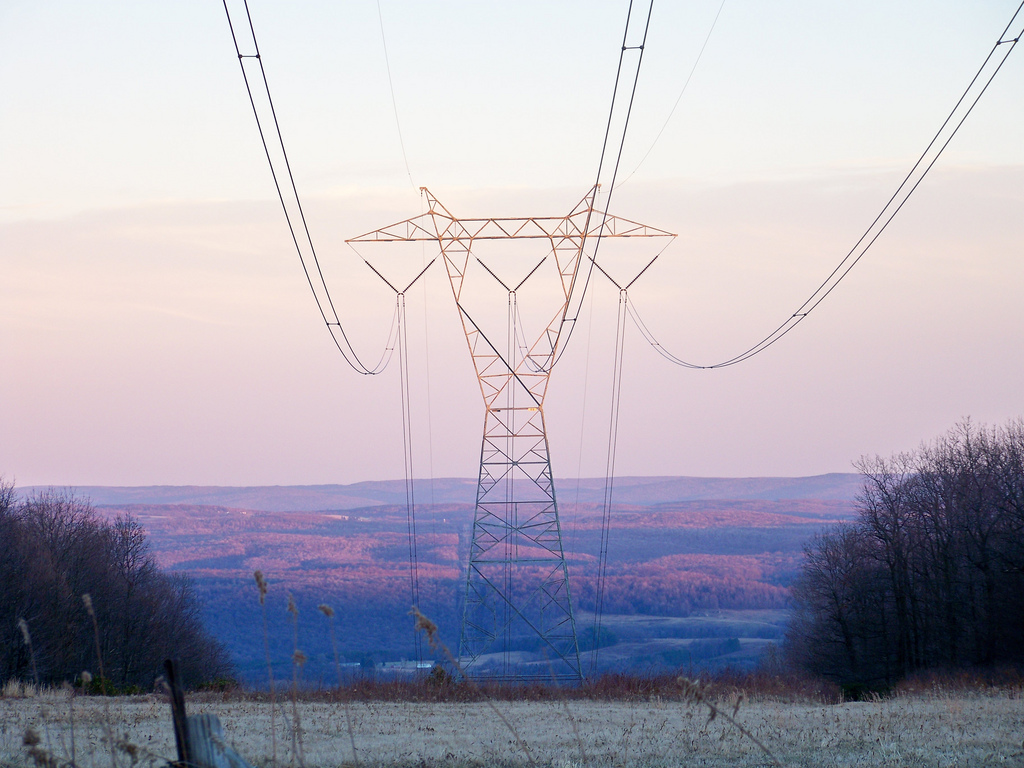
The US has over 20 million acres of rights-of-way for electrical transmission lines and pipelines. These corridors are typically 150 feet wide and go on for hundreds of miles through our countryside. Generally speaking, they are thought of as a blight on the landscape.
Recently, wildlife biologists have been proposing that these rights-of-way, if properly managed, could eventually serve as an extended network of conservation reserves roughly one-third the size of the national park system.
These strips of land could be the last best hope for many birds, pollinators, and other declining species. Whereas utilities have typically mowed everything down to grass along these corridors and broadcast-sprayed herbicides, regulations only require that they be free of large trees and other tall vegetation.
There is no reason why these areas could not be managed to encourage low-growth vegetation and promote local wildlife. The result can be a scrubby habitat of wildflowers, sedges, ferns and low shrubs. It is known as Integrated Vegetation Management or IVM.
Three utilities – the New York Power Authority, Arizona Public Service, and the Vermont Electric Power Company – have completed a certification program from the Right of Way Stewardship Council, a group promoting this beneficial use of rights-of-way. Three more utilities are seeking certification.
Utility rights-of-way are an unavoidable part of our power-hungry society. IVM offers a way to accomplish something positive for the environment with them. Amazingly, some of these power line corridors are even beautiful as long linear stripes of colorful wildflowers cut through the countryside.
**********
.
Web Links
Electric Power Rights of Way: A New Frontier for Conservation
Photo, posted December 28, 2008, courtesy of Jon Dawson via Flickr.
.
Earth Wise is a production of WAMC Northeast Public Radio.